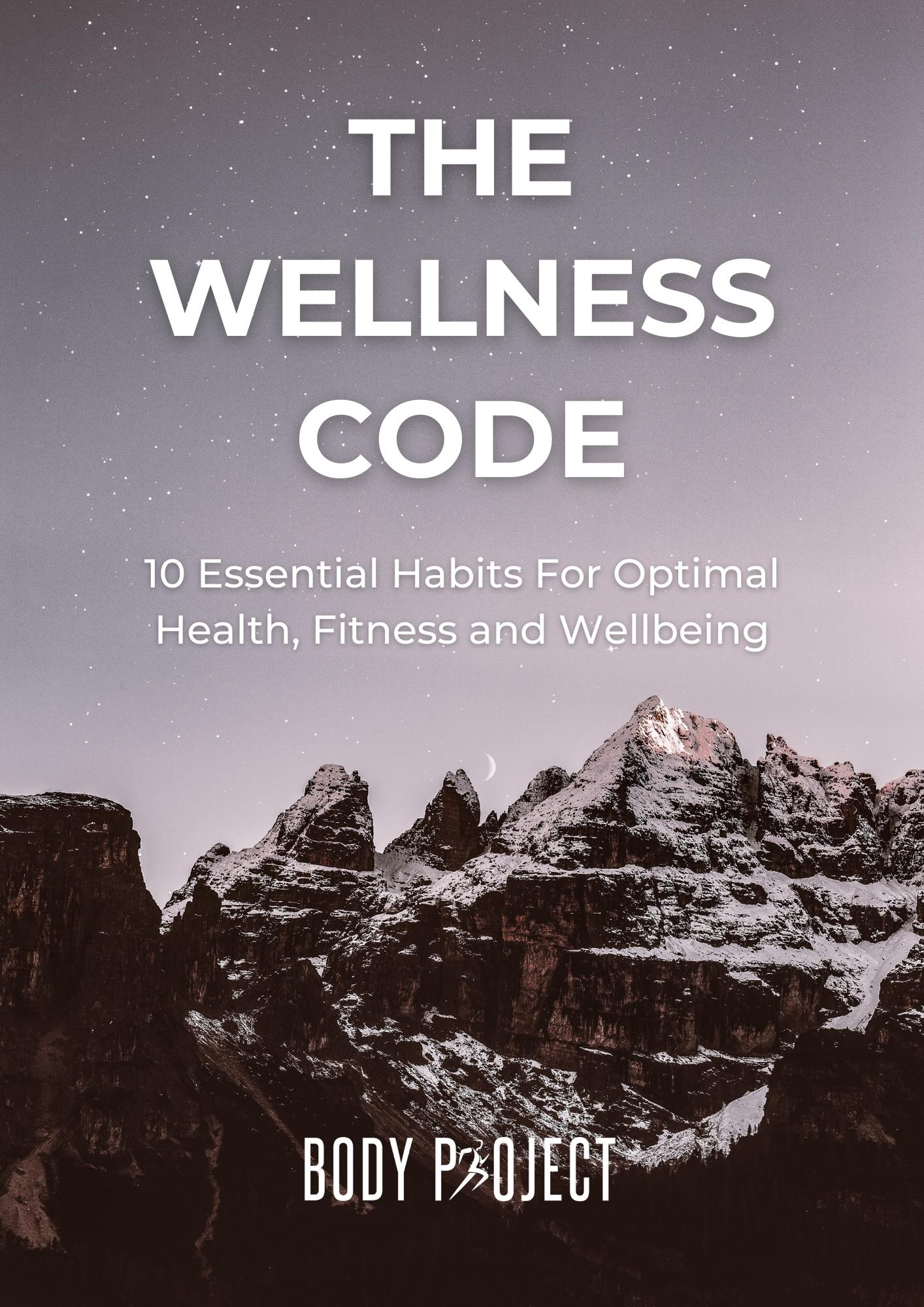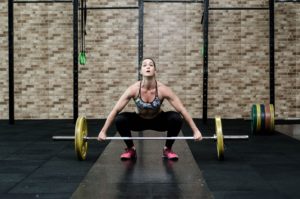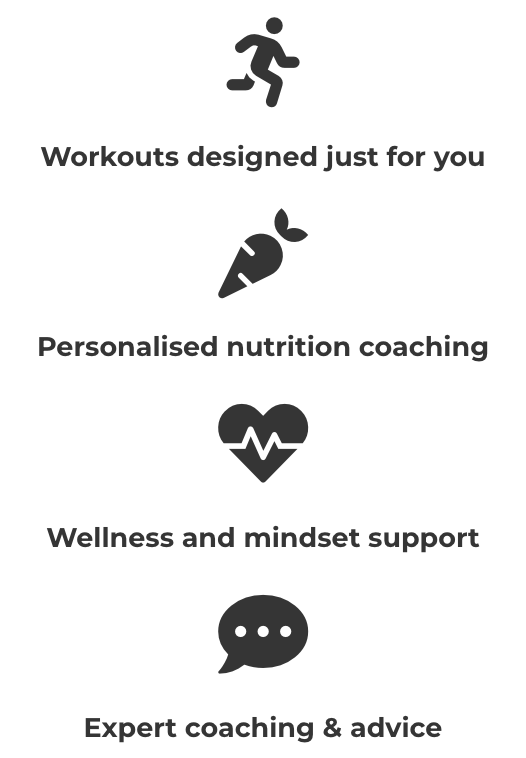Sign Up For Special Offers & Exclusive Content
What Are Sets And Reps?
This article explains what sets and reps are and how to use them.
Well-written training plans save time, energy, and even money. In order to follow a workout programme you'll need to understand what sets and reps mean, how they're written, and how to follow them.
We've also included some guidance in this article on how many sets and reps you'll need to achieve specific goals. All bodies respond differently to various stimuli and the best approach is to start with the guidelines, train systematically, and pay close attention to progress, adapting training as necessary over time.
This article only covers sets and reps. We’ve explained definitions for some technical terms but don’t expand further in this article. There are many additional programming considerations that aren’t mentioned here, such as safe and proper lifting technique, and programme periodisation: the art of designing training plans that continue to yield results long term.
Always consult an exercise professional before starting a training plan to ensure it’s appropriate for you.
What Do Sets And Reps Mean?
When coaches design training programmes they use sets and reps to explain how many times you should do an exercise, and when to rest.
The term “reps” refers to a single repetition of an exercise: 5 reps of a squat = 5 squats.
Reps are grouped into sets, and you rest between sets: 3 sets of 10 reps (eg 10 squats) with 60sec rest between sets.
How Are Sets And Reps Written?
Check out this snippet from a Body Project client's training plan.
Notice there's a prescription for 3x10 - that's 3 sets of 10 reps - with a 60 second rest in between each set. In practise this would look like:
10 squats
60 second rest
10 squats
60 second rest
10 squats
60 second rest
NB Some coaches express sets and reps the other way around: instead of 3x10 to represent 3 sets of 10, they’d write 10x3. This is unusual, but it’s worth clarifying with your coach. (Online PT clients can revisit your onboarding course here).

Why Are Sets And Reps Important?
It’s essential to understand the sets and reps in your programmed workouts because they outline how to do each exercise in a way that gets you the right results. The number of sets & reps you do directly impacts the results you see, and varying goals require different sets & reps.
You won't see good long term results by training randomly, or just doing the movements you enjoy. Exercise programming is a science, and people see best results when training in an intentional, informed way.
Are Sets Or Reps More Important?

This is a challenging question to answer because it’s the combination of sets, reps, and rest that create a framework for the stress you’re applying to your body.
Training intensity is more important than the numbers in your programme. Set, rep, and rest prescriptions narrow down your options for loading, which helps you to select a weight that’s challenging yet manageable for the sets and reps prescribed in your training programme.
If you’re not feeling close to fatigue by the end of each set then you may not be placing enough stress on the body to see results. It’s up to you to ensure you’re working hard enough to stimulate growth/progress, but not so hard that you’re overtraining.
How Do Sets And Reps Work?
In training we apply stress to the body, and adaptation (growth) occurs during your recovery in the hours/days post-workout. Depending on your goal, you’ll be aiming for a specific physical adaptation for which you’ll require a specific stimulus. The next section explains this in detail.
If your coach is knowledgeable and committed to your success, they’ll have spent time ensuring that your training programme is designed perfectly for your goals. Aim to follow their advice as closely as possible for best results.
Different set and rep prescriptions create different outcomes, so ensure you’re following the right training structure for your individual needs.
How Many Sets And Reps?
How Many Sets And Reps For Strength?
People generally use the word strength to mean the maximum weight you can lift for very few reps. In exercise science there are two types of strength: absolute strength and relative strength.
The term absolute strength refers to the maximum weight you can lift in any given exercise, also known as your one rep max (1RM).
How To Calculate Relative Strength
Relative strength is calculated by dividing your one rep max in a given exercise by your bodyweight:
relative strength = 1RM(kg) / bodyweight(kg)
Strength training programmes typically use large compound movements like squats/deadlifts, and comprise of rep schemes lower than 6 (although this can vary depending on the individual). Isolation movements such as leg extensions or upper body movements build strength at slightly higher repetitions of 8-15, dependent on intensity. Reps are completed relatively slowly with smooth muscular control.
How Many Sets And Reps For Power?
Power training has an explosive or speed element that makes it much more taxing on the body than other types of strength training. Typically 1-2 heavy, explosive reps of full body movements (eg. clean and press) are performed in 3 or more sets. The greater the intensity of a set, the more rest is required, and so training for power warrants long rest periods of 3-5mins. Because of the explosive element, you'd typically use less weight than you would for the same number of reps in a regular lift.
How Many Sets And Reps For Hypertrophy?
Hypertrophy simply means to build muscle by increasing the number or size of muscle fibres. When people use terms like bulking, lean mass, and toning, they're talking about hypertrophy.
Training volume is key when it comes to building muscle, and so hypertrophy programmes typically use moderate loads with medium to high repetitions. Conventionally 8-12+ reps per set are used for big compound movements such as deadlifts, and 15+ reps for smaller movements eg bicep curls. It's not uncommon for bodybuilders to use much higher rep ranges than this to increase overall training volume.
How To Calculate Training Volume
Training volume is a way of measuring the total weight lifted in a workout. It's calculated by multiplying your sets, reps and weights used.
volume = sets x reps x weight
Training close to the point of fatigue is essential for hypertrophy, and so it's important to use a challenging enough weight as well as performing many reps and sets. I generally recommend using 3-5 sets per exercise, with relatively short 60-90 second rests.
Another consideration is time under tension: the amount of time the muscles are under stress per set. Performing fewer reps at slow tempo could yield the same (or likely better) results than more reps performed with less control. In general, more reps means more time under tension.
If it's important to you that you build functional strength as well as muscle tissue (size doesn't correlate to strength!), then it's recommended to use fewer reps per set with more load. Conversely, if your goal is muscular endurance, lighter loads and much higher repetitions would be beneficial.
How Many Sets And Reps For Endurance?
Strength endurance is closer to cardio than other types of strength training, and typically uses light to moderate loads with very high reps. It's similar to pure endurance training where fatigue is marked by breathlessness, however you should still expect to experience fatigue mostly through a burning sensation and temporary loss of force in the muscles.
3-4 sets of 20 or more reps are appropriate for strength endurance training, with short rest periods of around 30-60 seconds.
How Many Sets And Reps For Fat Loss?
With fat loss there's no specific rep range to aim for. Cardio training is great for weight loss as it exclusively uses fat stores to create energy for movement, whereas strength training uses sugars stored in the muscles, blood and liver. It's worth noting that strength training can also be aerobically challenging and burn fat.
We strongly recommend including some type of strength training when training for fat loss. Healthy muscle tissue raises your metabolic rate, causing you to burn more calories at rest. Improved muscle tone and posture from weight training are also helpful in improving health, appearance, and self-confidence, which are some of the most common reasons people want to lose weight.
Regardless of how your training programme looks, fat loss relies on your body being in a calorie deficit - ie burning off more calories than you consume overall. You can lose weight without exercise, but not without balanced nutrition. The best approach is to use both.
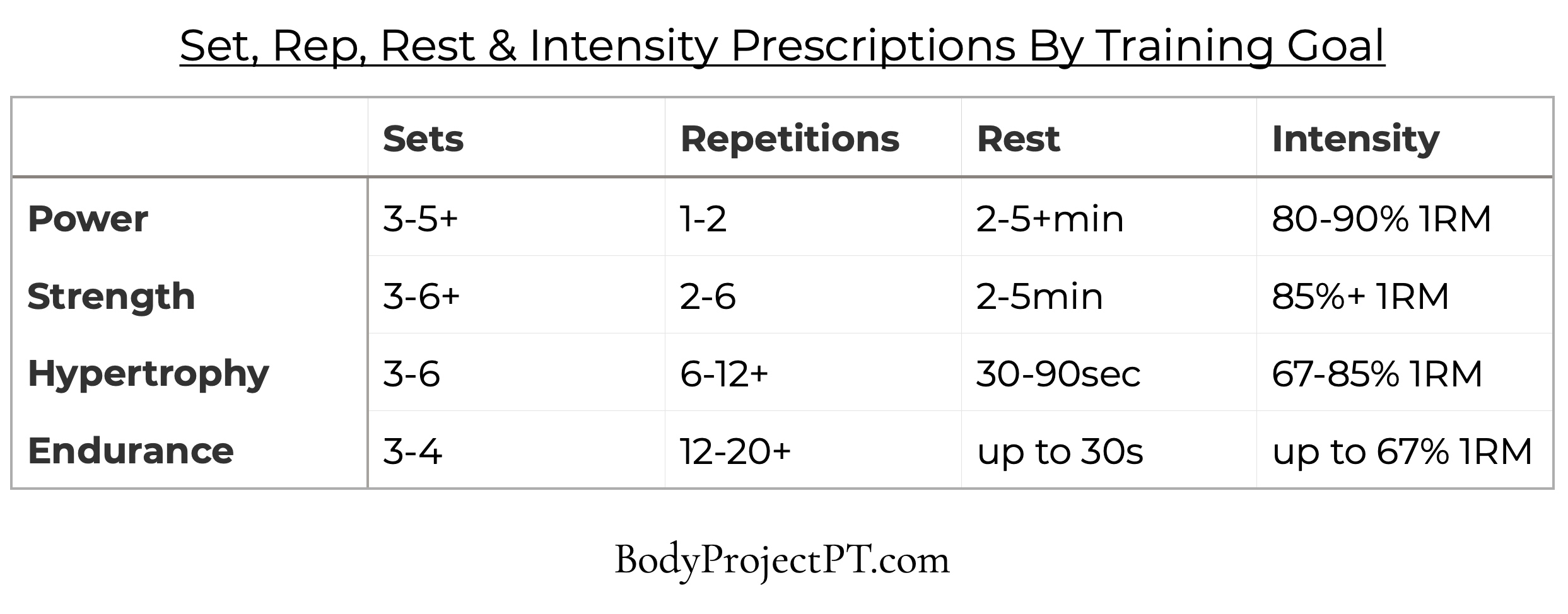
Sets And Reps: Final Notes
The information in this article is the best exercise science has to offer, but it should be taken lightly. For most people, the guidance here will work spectacularly to get you to your goals. Others may need to use different rep ranges, training volumes/intensities and programming styles than recommended here. There are a range of alternative programming strategies and techniques to help you get results.
The best advice is to get started, tune things up as you go, and arm yourself with as much information as possible in order to make the best decisions. Hiring a dedicated coach will unlock a wealth of knowledge and options to get you to your goals with the least possible time and effort.
Search Posts
Free Download
Popular Posts
Discover Online PT
Get Access To My Free Metrics Smart-Sheet
You can measure your performance on each lift in this spreadsheet by comparing your 1RM data.
Enter your name and email below to gain access to this clever spreadsheet and enter your 1RM data for various lifts to learn about your strength balance and identify areas for improvement.
Enter Your Details To Download The Smart-Sheet
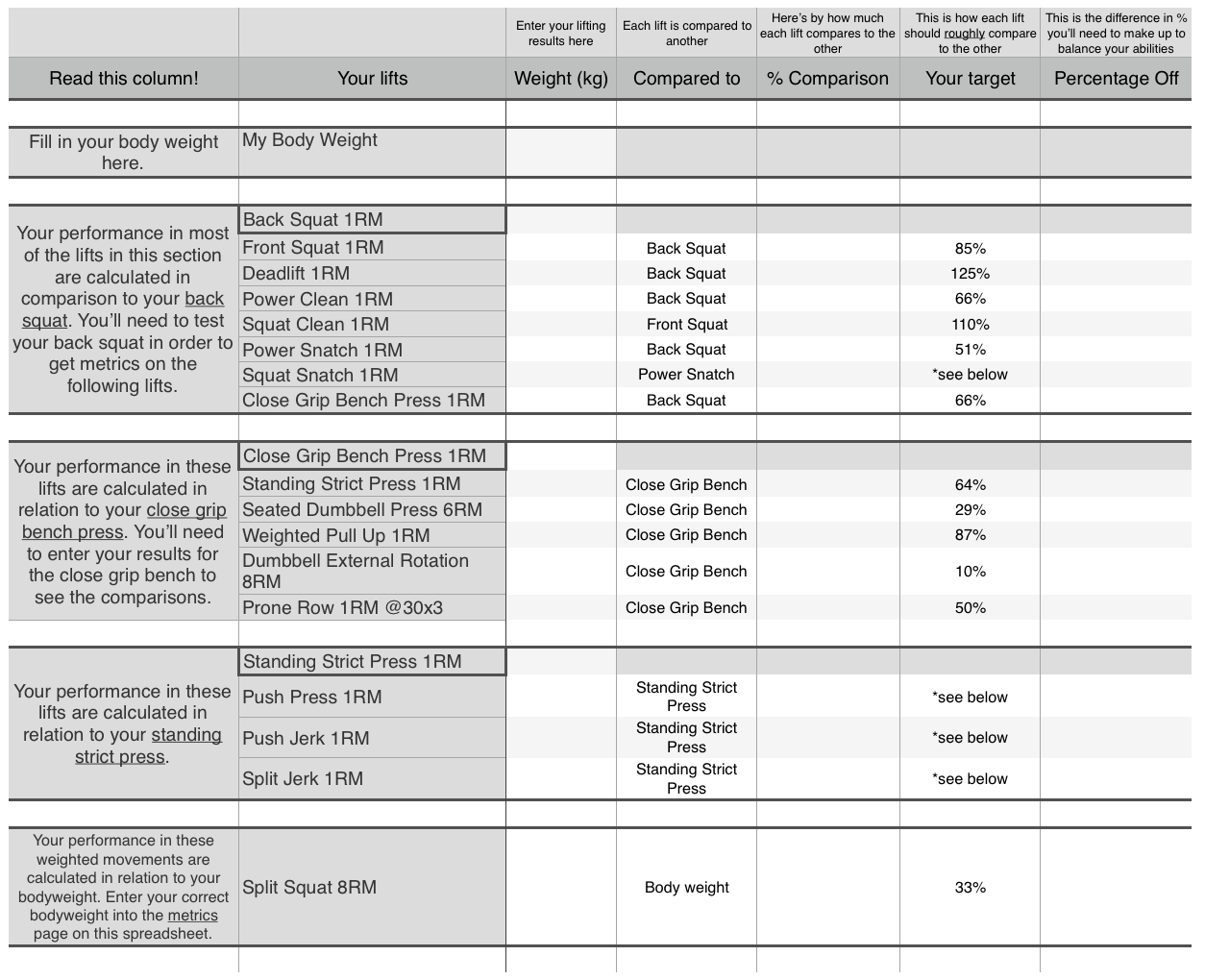
Sources
American College of Sports Medicine
American College of Sports Medicine
American Council on Exercise
National Library of Medicine
Thanks to Mike Lee Personal Trainer for contributions to this article.
Enjoyed this article?
Subscribe now to get updated when new posts arrive!
You'll get email updates on new blog posts, discounted tickets to my events, plus exclusive content that I only send out via email.
Don't miss out!

